While Mumbai is undergoing an image makeover, a large segment of the population continues to be treated as second-class citizens.
While Mumbai is undergoing an image makeover, a large segment of the population continues to be treated as second-class citizens. But pedestrians are not going to take it stoically any more. That is why they have started questioning who has the right of first use over the city’s roads? Sandeep Ashar reports
Even as newly widened roads and modern flyovers take shape, underlining Mumbai’s transformation into a world-class city with world-class infrastructure, the authorities are yet to address a simmering issue.
Who enjoys the right of first use of roads in the city?
Is it the city’s pedestrian population, which accounts for 85 per cent of the ‘by-road’ commuters, or is it the two-, three-, and four-wheel vehicles that cart less than 15 per cent of commuters? It is a question that the authorities are only just starting to grapple with.
Findings compiled from various sources show that vehicular traffic in the city has grown by more than 35 per cent in the past four years. According to Vijay Mahajan’s, Mumbai Fact Book published by Bombay First, a corporate initiative to improve governance in the city, there were 10.37 lakh vehicles in 2003. Since then, the city has added another 3.62 lakh vehicles, according to the BMC’s statistics.
The rapid rise, believe pedestrian activists, is worrying, especially because road infrastructure has failed to keep pace. Journalist Krishnaraj Rao, who co-founded Sahasi Padyatri, or Brave Pedestrians, a group that has taken up the cause of pedestrians in the city, says, “The road space on the sides, including pavements and footpaths, has already been lost to hawkers and haphazardly parked vehicles. The pedestrian is already sharing space with vehicles. If the government does not regulate the influx of private vehicles, then even that space will be lost.”
Rao’s fear is not unfounded. Already, walking on the city’s streets has become an adventure of sorts. At many places, there are no proper pavements. Where pavements do exist, they are often encroached upon by vendors.
This is particularly so outside railway and bus stations, areas where you would expect to have the maximum pedestrian movement.
When pedestrians leave the pavements and get down on the roads, they have to contend with vehicles parked wherever possible and traffic that grows denser by the day. The official parking space in the city can accommodate only 8,000 or so vehicles, while the city, at last count, is home to some 14 lakh vehicles.
Surprisingly, government town planners had accounted for this threat and listed ‘regulation of private vehicles’ as an integral part of the transportation strategy in their Vision 2015 document, but the move remains a ‘vision’ on paper.
The failure to act is affecting vehicles as well. Narinder Nayar of Bombay First recently pointed out that average vehicular speed had come down from 30kph in 1962 to 14kph in 2007.
Seeing that the situation is rapidly getting out of hand, pedestrian activists, at a meeting at the Bandra Bandstand on Saturday, demanded a ‘pedestrian-centric’ approach from the authorities.
With conservative projections pegging the rise in number of vehicles to 16 lakh by 2011, concerns were raised about the impact of the influx of the Tata Nano and other small cars.
The MMRDA has drawn up a plan to build skywalks near 50 railway stations in the city, but that may address only part of the problem. That is why Rao called for a halt to the registration of new private vehicles till road infrastructure is upgraded and pedestrian concerns are addressed.
a_sandeep@dnaindia.net![submenu-img]() Nagaland Lok Sabha Election Result 2024: Full list of winner and loser candidates will be announced soon
Nagaland Lok Sabha Election Result 2024: Full list of winner and loser candidates will be announced soon![submenu-img]() Meghalaya Lok Sabha Election Result 2024: Full list of winner and loser candidates will be announced Soon
Meghalaya Lok Sabha Election Result 2024: Full list of winner and loser candidates will be announced Soon![submenu-img]() Delhi Lok Sabha Election Results 2024: Full List of Winner and Loser Candidates will be announced Soon
Delhi Lok Sabha Election Results 2024: Full List of Winner and Loser Candidates will be announced Soon![submenu-img]() Varun Dhawan, Natasha Dalal blessed with a baby girl, grandfather David Dhawan shares good news
Varun Dhawan, Natasha Dalal blessed with a baby girl, grandfather David Dhawan shares good news![submenu-img]() DNA TV Show: Opposition rejects exit polls results, demands counting of postal ballots first
DNA TV Show: Opposition rejects exit polls results, demands counting of postal ballots first![submenu-img]() Meet man who won medals for India in bodybuilding, cracked UPSC in 1st attempt, resigned as IRS after 10 years due to...
Meet man who won medals for India in bodybuilding, cracked UPSC in 1st attempt, resigned as IRS after 10 years due to...![submenu-img]() IIT-JEE topper with AIR 1 joins IIT Bombay, gets job at NASA as scientist, leaves to work as…
IIT-JEE topper with AIR 1 joins IIT Bombay, gets job at NASA as scientist, leaves to work as…![submenu-img]() Meet man who grew up in orphanage, began working at 10 as cleaner, delivery boy, then became IAS officer, is posted at..
Meet man who grew up in orphanage, began working at 10 as cleaner, delivery boy, then became IAS officer, is posted at..![submenu-img]() Meet UPSC topper who cleared JEE Advanced, went to IIT Kanpur, left high-paying job to become IPS officer, secured AIR..
Meet UPSC topper who cleared JEE Advanced, went to IIT Kanpur, left high-paying job to become IPS officer, secured AIR..![submenu-img]() Meet woman who cracked UPSC exam twice, left IPS to become an IAS officer, secured AIR...
Meet woman who cracked UPSC exam twice, left IPS to become an IAS officer, secured AIR...![submenu-img]() DNA Verified: Did Kangana Ranaut party with gangster Abu Salem? Actress reveals who's with her in viral photo
DNA Verified: Did Kangana Ranaut party with gangster Abu Salem? Actress reveals who's with her in viral photo![submenu-img]() DNA Verified: New Delhi Railway Station to be closed for 4 years? Know the truth here
DNA Verified: New Delhi Railway Station to be closed for 4 years? Know the truth here![submenu-img]() DNA Verified: Did RSS chief Mohan Bhagwat praise Congress during Lok Sabha Elections 2024? Know the truth here
DNA Verified: Did RSS chief Mohan Bhagwat praise Congress during Lok Sabha Elections 2024? Know the truth here![submenu-img]() DNA Verified: Is CAA an anti-Muslim law? Centre terms news report as 'misleading'
DNA Verified: Is CAA an anti-Muslim law? Centre terms news report as 'misleading'![submenu-img]() DNA Verified: Lok Sabha Elections 2024 to be held on April 19? Know truth behind viral message
DNA Verified: Lok Sabha Elections 2024 to be held on April 19? Know truth behind viral message![submenu-img]() Lok Sabha Elections 2024: What are exit polls? When and how are they conducted?
Lok Sabha Elections 2024: What are exit polls? When and how are they conducted?![submenu-img]() DNA Explainer: Why was Iranian president Ebrahim Raisi, killed in helicopter crash, regarded as ‘Butcher of Tehran’?
DNA Explainer: Why was Iranian president Ebrahim Raisi, killed in helicopter crash, regarded as ‘Butcher of Tehran’?![submenu-img]() DNA Explainer: Why did deceased Iranian President Ebrahim Raisi wear black turban?
DNA Explainer: Why did deceased Iranian President Ebrahim Raisi wear black turban?![submenu-img]() Iran President Ebrahim Raisi's death: Will it impact gold, oil prices and stock markets?
Iran President Ebrahim Raisi's death: Will it impact gold, oil prices and stock markets?![submenu-img]() Haryana Political Crisis: Will 3 independent MLAs support withdrawal impact the present Nayab Saini led-BJP government?
Haryana Political Crisis: Will 3 independent MLAs support withdrawal impact the present Nayab Saini led-BJP government?![submenu-img]() Varun Dhawan, Natasha Dalal blessed with a baby girl, grandfather David Dhawan shares good news
Varun Dhawan, Natasha Dalal blessed with a baby girl, grandfather David Dhawan shares good news![submenu-img]() Natasa Stankovic's friend Aleksandar Ilic slams troll saying he broke her marriage with Hardik Pandya: 'Should I...'
Natasa Stankovic's friend Aleksandar Ilic slams troll saying he broke her marriage with Hardik Pandya: 'Should I...'![submenu-img]() Neha Sharma reveals if her father's political career has backfired on her in Bollywood: 'I am not here to promote...'
Neha Sharma reveals if her father's political career has backfired on her in Bollywood: 'I am not here to promote...'![submenu-img]() Venom The Last Dance trailer: Tom Hardy and his symbiote fight aliens in trilogy's finale, film to release on...
Venom The Last Dance trailer: Tom Hardy and his symbiote fight aliens in trilogy's finale, film to release on...![submenu-img]() Ammy Virk defends Diljit Dosanjh's decision to not wear a turban in Amar Singh Chamkila: 'You can't stop the trolls'
Ammy Virk defends Diljit Dosanjh's decision to not wear a turban in Amar Singh Chamkila: 'You can't stop the trolls'![submenu-img]() Watch viral video: Isha Ambani stuns during Anant Ambani and Radhika Merchant's pre-wedding celebrations in Italy
Watch viral video: Isha Ambani stuns during Anant Ambani and Radhika Merchant's pre-wedding celebrations in Italy![submenu-img]() Former air hostess reveals harsh realities of flight attendant job, says 'people think...'
Former air hostess reveals harsh realities of flight attendant job, says 'people think...'![submenu-img]() 'Egg fry or fish fry': Viral video shows egg dish looking like goldfish; watch
'Egg fry or fish fry': Viral video shows egg dish looking like goldfish; watch![submenu-img]() Viral: IndiGo crew protects passengers from rain, watch heartwarming video
Viral: IndiGo crew protects passengers from rain, watch heartwarming video![submenu-img]() This variety of mango costs Rs 2.50-3 lakh a kg, know why
This variety of mango costs Rs 2.50-3 lakh a kg, know why




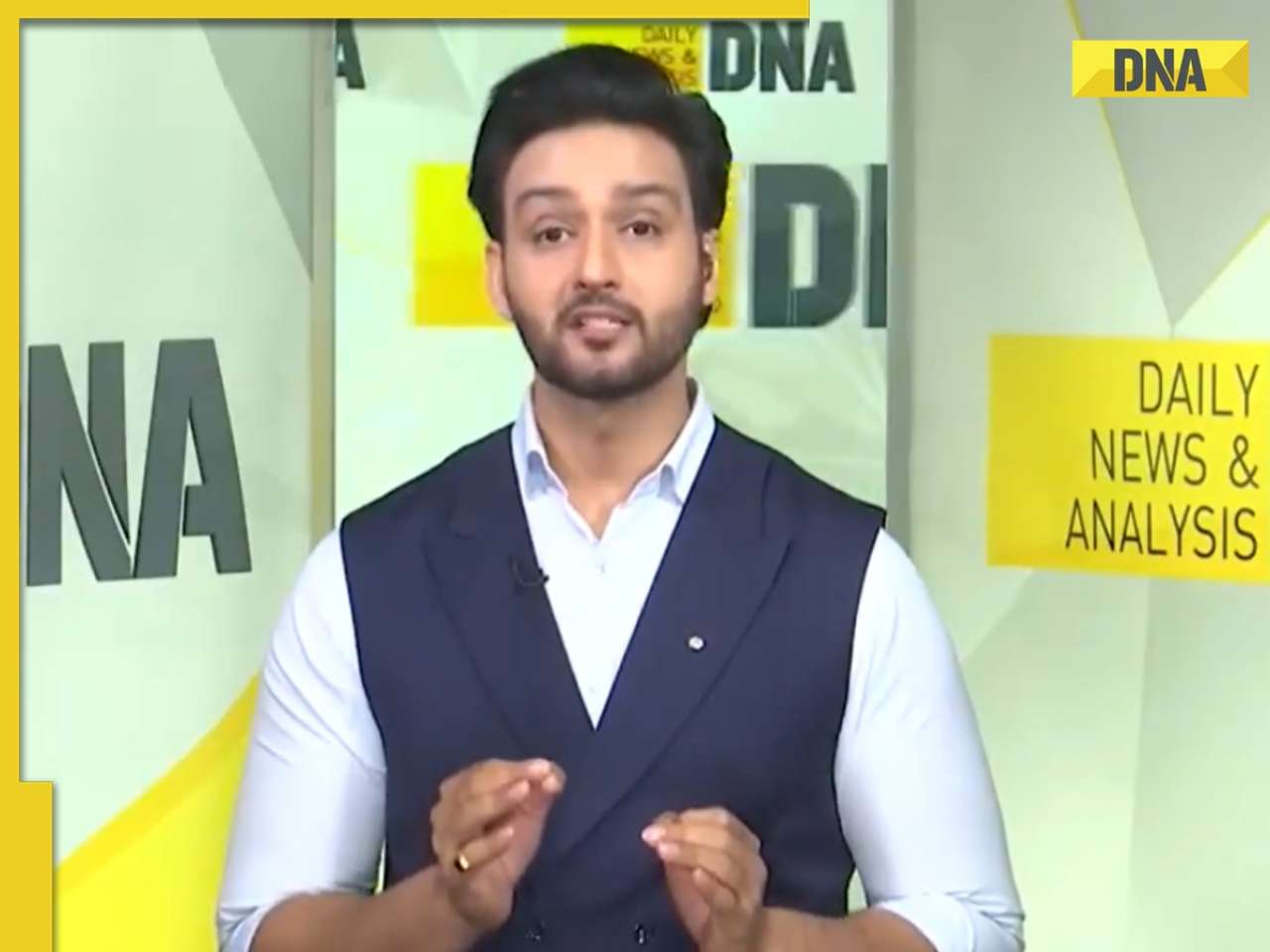















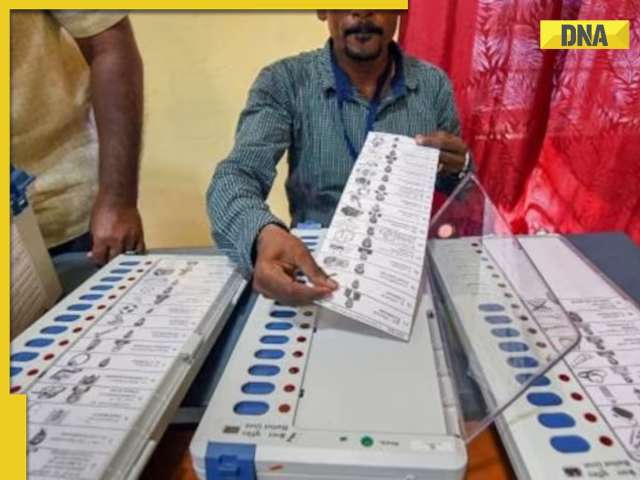
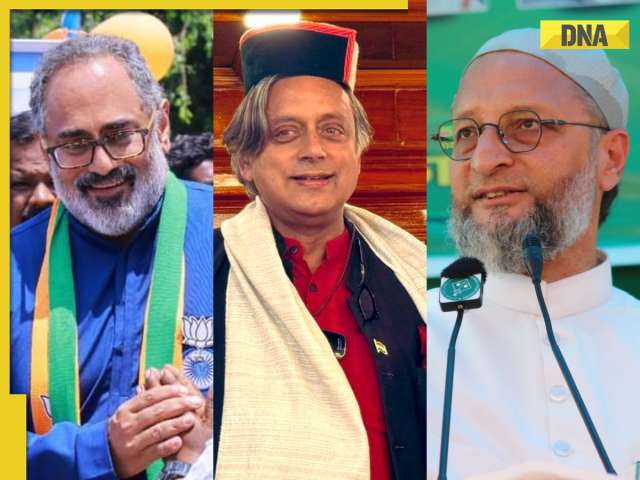
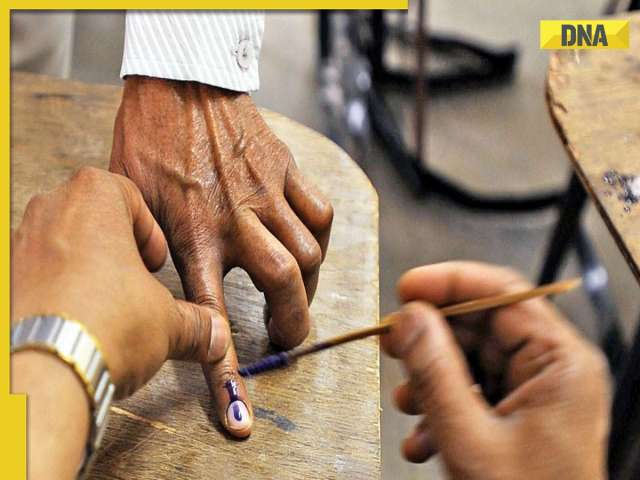
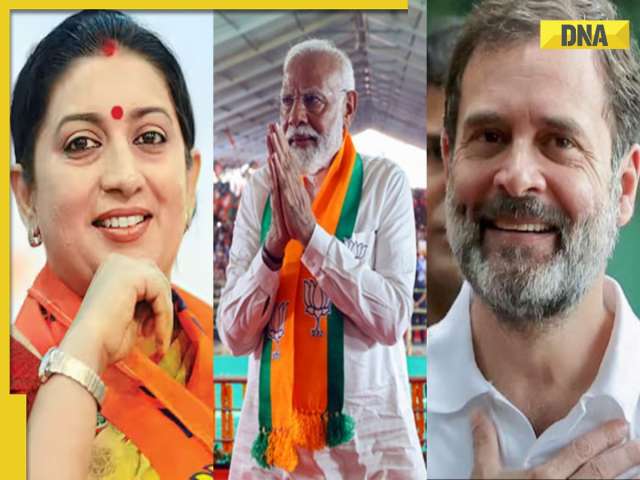

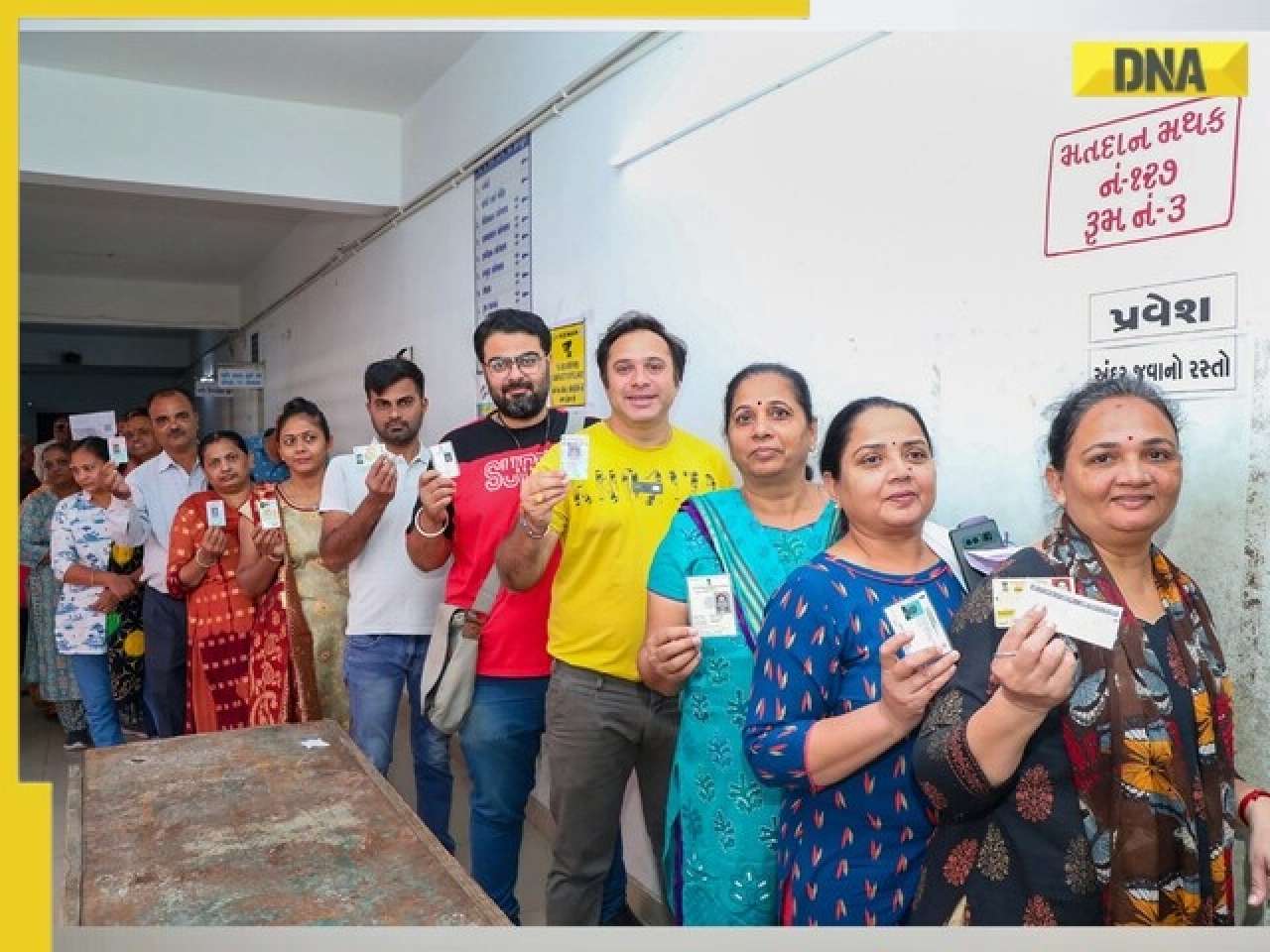


















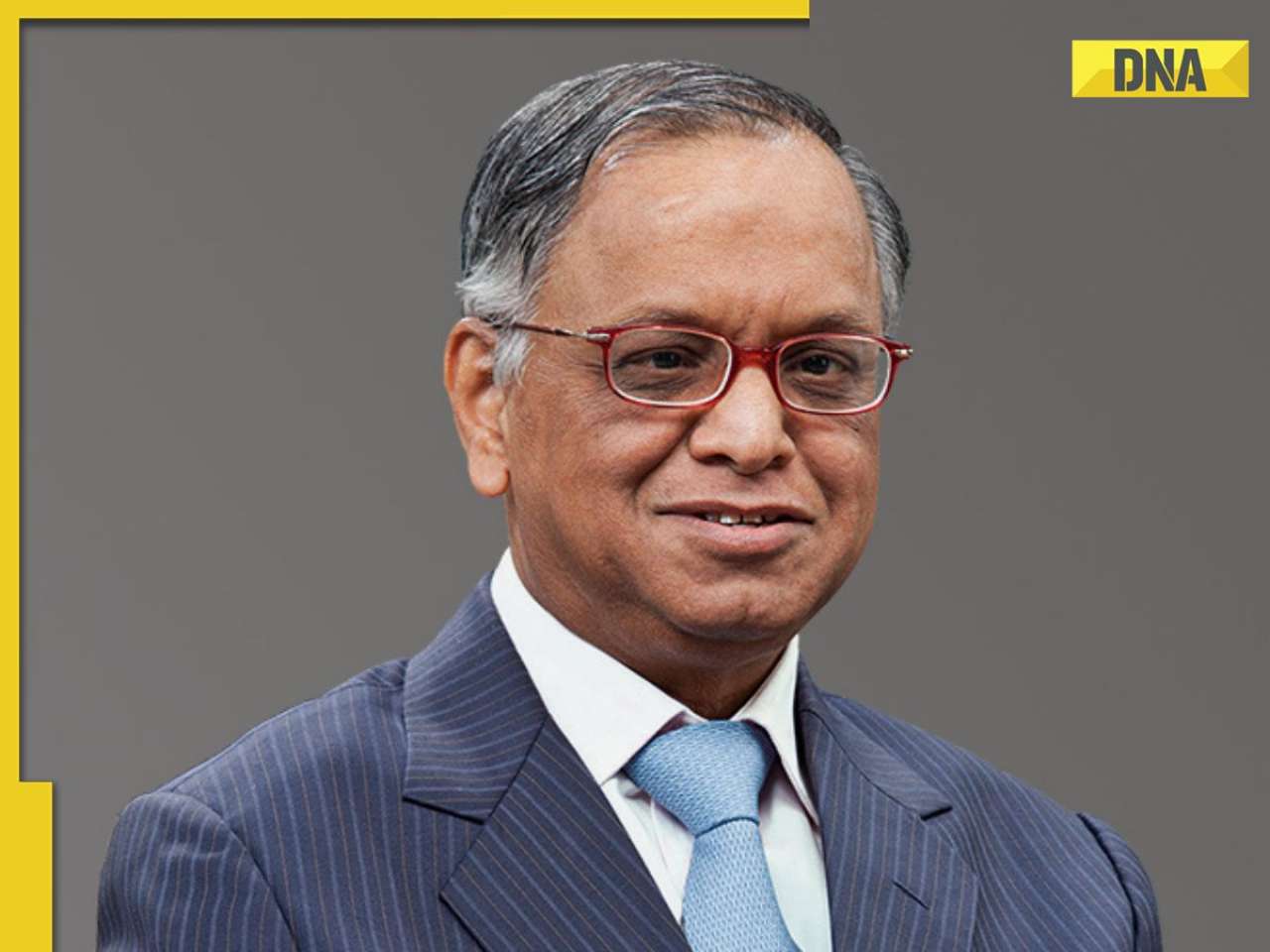













)
)
)
)
)
)